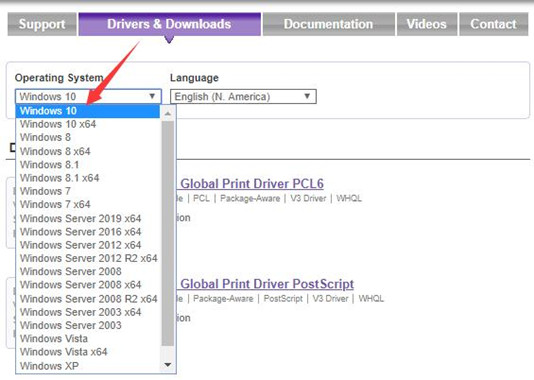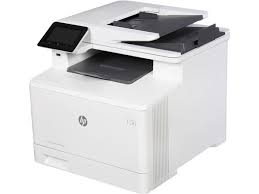
- #Xerox v3 driver setup serial#
- #Xerox v3 driver setup drivers#
- #Xerox v3 driver setup driver#
- #Xerox v3 driver setup software#
- #Xerox v3 driver setup code#
#Xerox v3 driver setup drivers#
These applications interact with hardware through kernel supported functions.īecause of the diversity of modern hardware and operating systems, drivers operate in many different environments. End user programs like the UNIX shell or other GUI-based applications are part of user space. Kernel space can be accessed by user module only through the use of system calls. On the other hand, user/kernel-mode transitions usually impose a considerable performance overhead, thus making kernel-mode drivers preferred for low-latency networking.
#Xerox v3 driver setup driver#
The primary benefit of running a driver in user mode is improved stability, since a poorly written user-mode device driver cannot crash the system by overwriting kernel memory. The advantage of loadable device drivers is that they can be loaded only when necessary and then unloaded, thus saving kernel memory.ĭevice drivers, particularly on modern Microsoft Windows platforms, can run in kernel-mode ( Ring 0 on x86 CPUs) or in user-mode (Ring 3 on x86 CPUs). ko files can contain loadable device drivers. Makedev includes a list of the devices in Linux, including ttyS (terminal), lp ( parallel port), hd (disk), loop, and sound (these include mixer, sequencer, dsp, and audio).

In Linux environments, programmers can build device drivers as parts of the kernel, separately as loadable modules, or as user-mode drivers (for certain types of devices where kernel interfaces exist, such as for USB devices). The Kernel-Mode Driver Framework (KMDF) model continues to allow development of kernel-mode device drivers, but attempts to provide standard implementations of functions that are known to cause problems, including cancellation of I/O operations, power management, and plug and play device support.Īpple has an open-source framework for developing drivers on macOS, called I/O Kit. If such drivers malfunction, they do not cause system instability.

This includes User-Mode Driver Framework (UMDF) that encourages development of certain types of drivers-primarily those that implement a message-based protocol for communicating with their devices-as user-mode drivers. Microsoft has attempted to reduce system instability due to poorly written device drivers by creating a new framework for driver development, called Windows Driver Frameworks (WDF). Although this information can instead be learned by reverse engineering, this is much more difficult with hardware than it is with software. In such cases, it is important that the hardware manufacturer provide information on how the device communicates. However, in recent years, non-vendors have written numerous device drivers for proprietary devices, mainly for use with free and open source operating systems. Typically, the Logical Device Driver (LDD) is written by the operating system vendor, while the Physical Device Driver (PDD) is implemented by the device vendor. Moreover, it was traditionally considered in the hardware manufacturer's interest to guarantee that their clients can use their hardware in an optimum way. This is because they have better information than most outsiders about the design of their hardware.
#Xerox v3 driver setup software#
The task of writing drivers thus usually falls to software engineers or computer engineers who work for hardware-development companies. These factors make it more difficult and dangerous to diagnose problems. Even drivers executing in user mode can crash a system if the device is erroneously programmed. In contrast, most user-level software on modern operating systems can be stopped without greatly affecting the rest of the system.


Because drivers require low-level access to hardware functions in order to operate, drivers typically operate in a highly privileged environment and can cause system operational issues if something goes wrong. Writing a device driver requires an in-depth understanding of how the hardware and the software works for a given platform function.
#Xerox v3 driver setup serial#
The commands needed to control a 16550 UART are much different from the commands needed to control an FTDI serial port converter, but each hardware-specific device driver abstracts these details into the same (or similar) software interface. At a lower level, a device driver implementing these functions would communicate to the particular serial port controller installed on a user's computer.
#Xerox v3 driver setup code#
Programmers can write higher-level application code independently of whatever specific hardware the end-user is using.įor example, a high-level application for interacting with a serial port may simply have two functions for "send data" and "receive data". The main purpose of device drivers is to provide abstraction by acting as a translator between a hardware device and the applications or operating systems that use it.


 0 kommentar(er)
0 kommentar(er)
